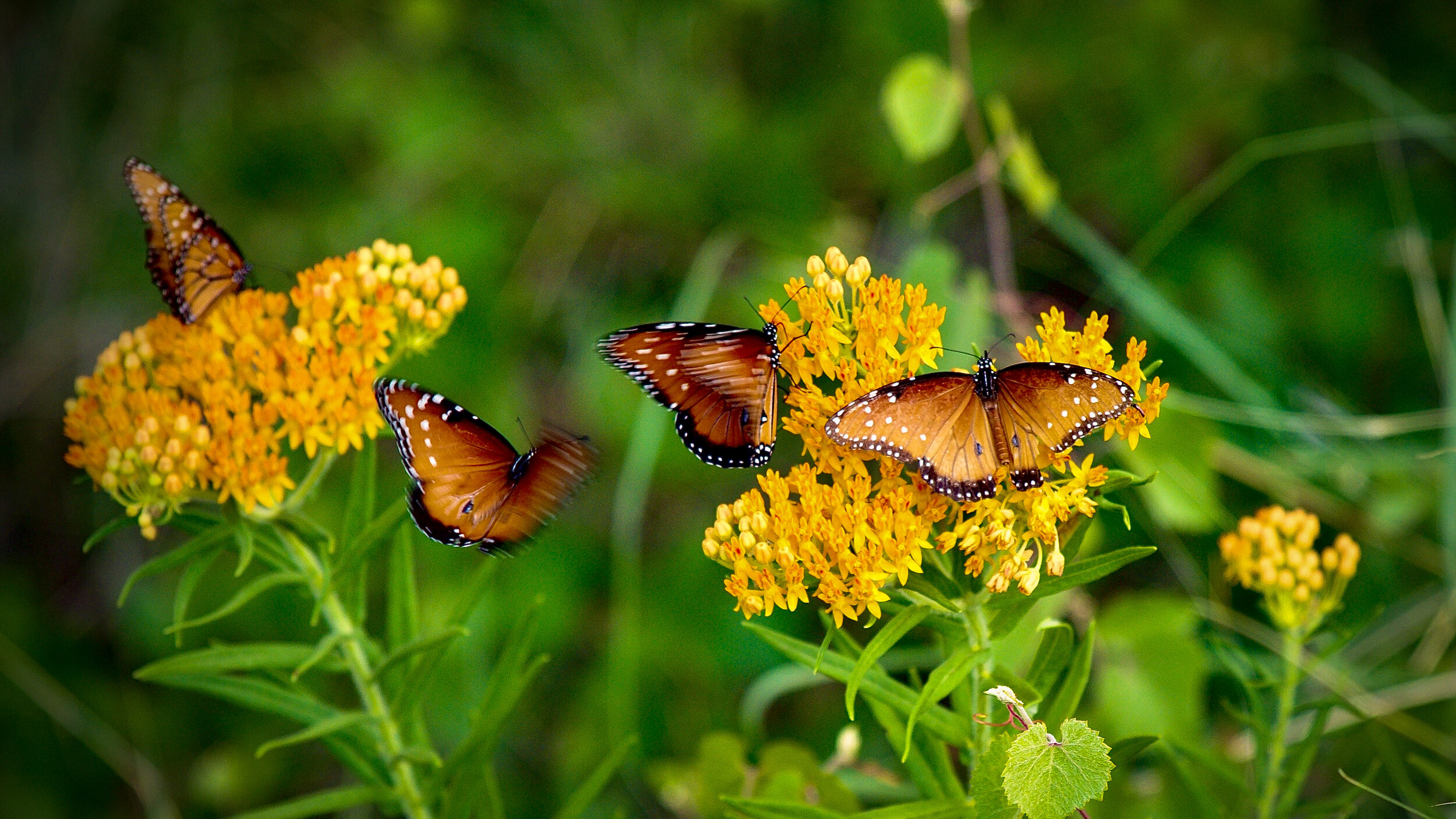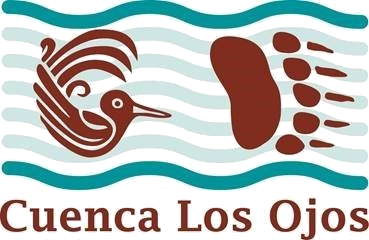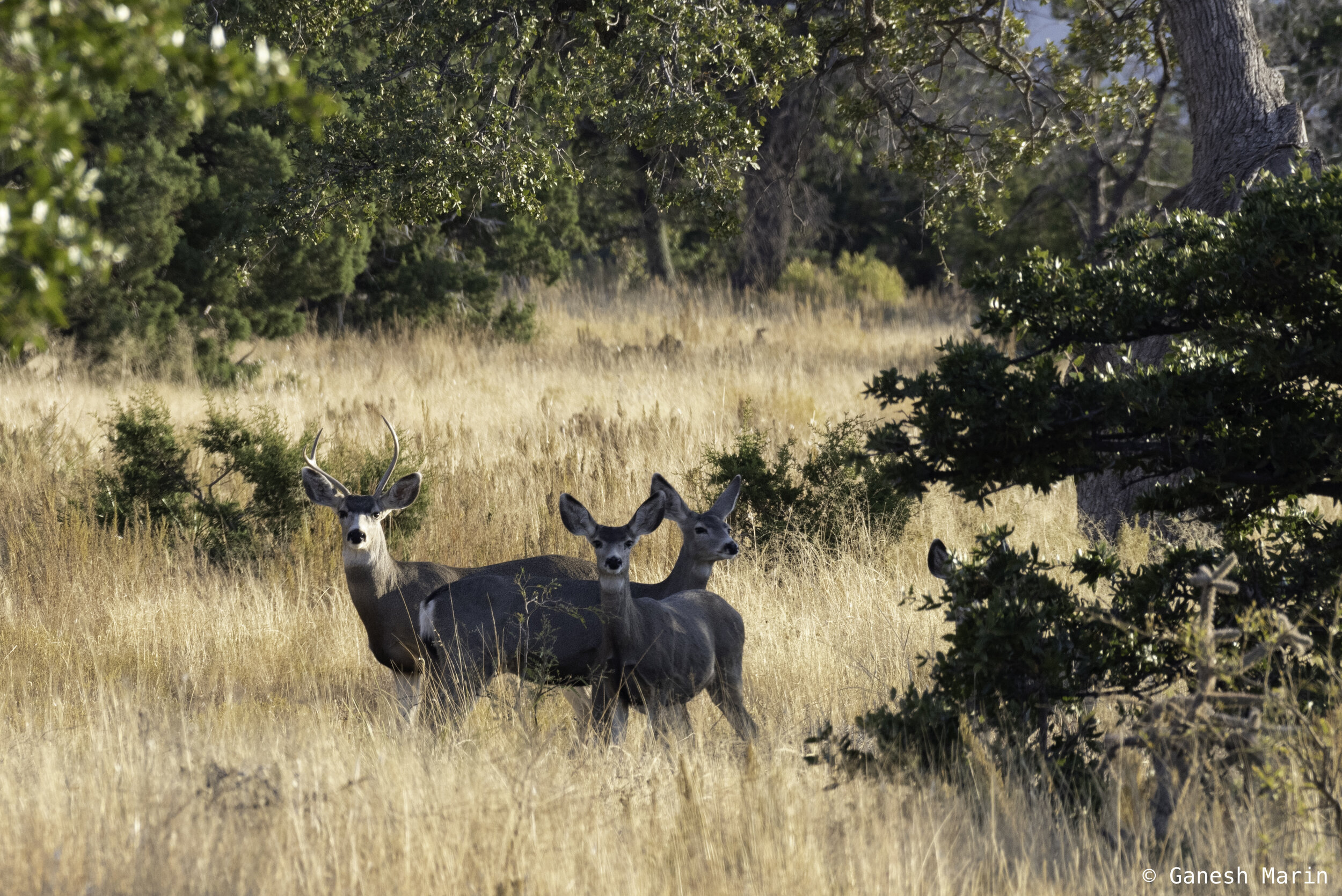
Creating a Home
With the installation of thousands of erosion control structures, the soil at Cuenca began to act as a sponge, absorbing and holding the water from the monsoon rains instead of allowing it to run off. The increased soil moisture provided enough water for trees, grasses, and other plants to reestablish - some thought active planting programs and many others through natural processes.
The revegetation of waterways and grasslands further improved soil health and created a stimulus for the return of other wildlife. After Cuenca reintroduced white-tailed deer, the expanded prey base provided sustenance for the region’s top-level predators, whose populations had suffered in recent decades. Populations of jaguar, ocelot, mountain lion, and black bear find a home at Cuenca. The Mexican grey wolf has also been spotted, following reintroduction programs elsewhere in the region.
Cuenca has also reintroduced beaver into the Cajón Bonito. Beaver were eradicated from the area by trappers, and their absence contributed to the deterioration of streams throughout the Sky Islands. As ecosystem engineers, beavers play an outsized role in modifying the landscape. By felling trees for dams, they increase the patchiness of riparian corridors, and they create abundant micro-habitats for fish and other aquatic species.
Much of our focus has been on restoration of rivers, streams, and dry washes, which has created contiguous habitat corridors across the landscape. These corridors provide connectivity across a diverse range of habitats, connecting mountains and valleys, wetlands and grasslands. Our rewilding approach has also led to the reinstatement of a host of ecological processes, including herbivory, pollination, and food web interactions. Our adoption of progressive fire management practices has also reinvigorated the land through fire’s powerful destructive and renewal capacities.

